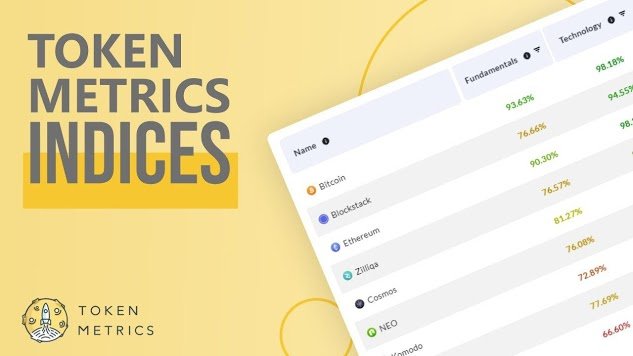A firestorm erupted in the cryptocurrency world this week after Ripple, the company behind the XRP token, announced its foray into stablecoins. The move sparked a public spat with Coindesk, a prominent cryptocurrency news outlet, raising questions about Ripple’s future and the fate of XRP.
Ripple Boss Slams CoinDesk Article
Ripple CEO Brad Garlinghouse took to the X social media platform to criticize a Coindesk article portraying their stablecoin venture as a sign of desperation. He called the article “embarrassing for the industry,” suggesting it undermines professionalism within the cryptocurrency space.
Garlinghouse added in his X post:
“Childish antics masquerading under what should be a credible brand that leads coverage of the crypto industry.”
The Coindesk article, authored by Daniel Kuhn, deputy managing editor for Consensus Magazine, suggests Ripple’s embrace of stablecoins signifies the potential demise of XRP.
Kuhn argues that Ripple, facing a legal battle with the US Securities and Exchange Commission over XRP’s classification as a security, might be seeking new revenue streams.
To put it mildly, its embarrassing for @CoinDesk.
It’s embarrassing for the industry. But as @Kirjakulov points out – these are the kinds of people (a ‘deputy editor’) holding the whole industry back.
Childish antics masquerading under what should be a credible brand that…
— Brad Garlinghouse (@bgarlinghouse) April 5, 2024
The Ripple Stablecoin: At A Glance
With complete backing from US dollar deposits, US government short-term bonds, and comparable cash equivalents, the planned Ripple stablecoin seeks to satisfy the growing market for dependable and safe digital assets.
With the intention of eventually expanding to other platforms, Ripple intends to initially make the stablecoin available on the XRP Ledger (XRPL) and Ethereum (ETH) blockchains, leveraging its vast experience in creating financial solutions for institutions across the globe.
Bitcoin is now trading at $66.620. Chart: TradingView
Ripple Still Pushing Forward
In its article, Coindesk raises doubts about Ripple’s core product, On-Demand Liquidity, which aims to facilitate faster and cheaper cross-border payments for financial institutions.
The article claims ODL has failed to gain significant traction, with “legitimate” financial institutions wary of XRP’s volatility. It also highlights the dissolution of partnerships with Santander and MoneyGram, casting a shadow over Ripple’s ability to secure future collaborations.
So…. I have read Coindesk’s article…. It paints a rather bleak picture of Ripple and XRP, suggesting Ripple is scrambling for relevance with its new stablecoin venture. But let’s dive into the claims and add some much-needed context:
1. “Ripple has struggled to win real…
— Artur (@Kirjakulov) April 4, 2024
Artur Kirjakulov, co-founder of XPMarket.com, emphasized Ripple’s resilience in the face of challenges:
“Ripple isn’t giving up. They’re constantly exploring new opportunities.”
Legal Woes, New Strategies: Can Ripple Weather The Storm?
The clash between Ripple and Coindesk underscores the complex dynamics within the cryptocurrency industry. While Ripple navigates the legal battle with the SEC, the company’s decision to enter the stablecoin market raises questions about the future of XRP.
XRP proponents were quick to defend the company. They pointed to Ripple’s ongoing partnership with American Express, a major financial institution, as evidence of their continued relevance.
Additionally, XRP still holds a significant position in the cryptocurrency market, ranking among the top tokens by market capitalization. While its market cap pales in comparison to Ethereum, XRP supporters argue it’s a far cry from fading into obscurity.
Featured image from Pexels, chart from TradingView






